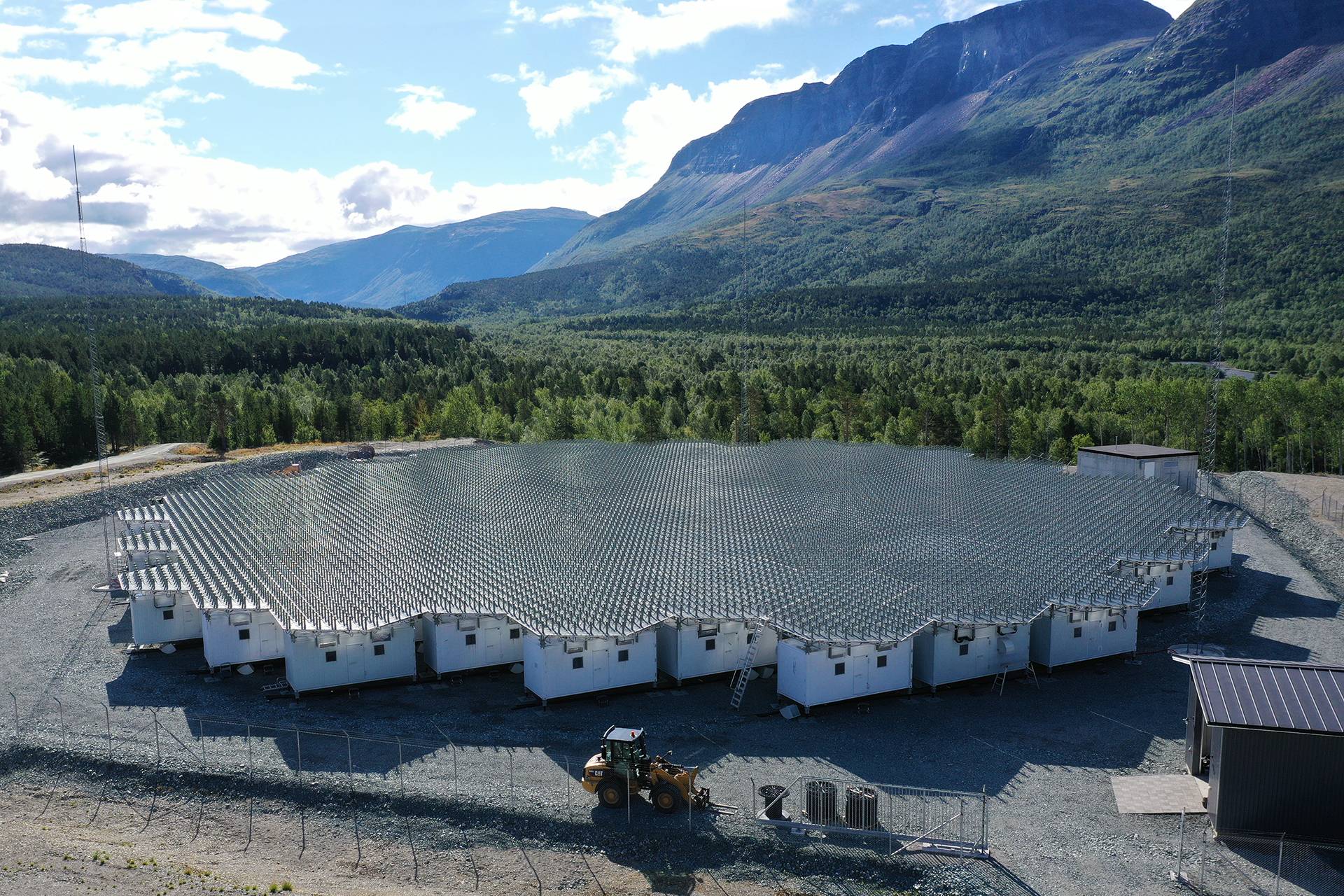Running GUISDAP 8
Conditions
- You have EISCAT data files (.mat) that you should analyse. In this example we analyse tau2pl_r_cp1_1.10_CP@kir.
Starting guisdap
- Log on to the analysis machine.
- You might check that the data directory exists
$ ls /data1/tau2pl_r_cp1_1.10_CP@kir 20031029_09 20031030_08 20031031_07 20031101_06 20031029_10 20031030_09 20031031_08 20031101_07 20031029_11 20031030_10 20031031_09 20031101_08 20031029_12 20031030_11 20031031_10 20031101_09 20031029_13 20031030_12 20031031_11 20031101_10 20031029_14 20031030_13 20031031_12 20031101_11 20031029_15 20031030_14 20031031_13 20031101_12 20031029_16 20031030_15 20031031_14 20031101_13 20031029_17 20031030_16 20031031_15 20031101_14 20031029_18 20031030_17 20031031_16 20031101_15 20031029_19 20031030_18 20031031_17 20031101_16 20031029_20 20031030_19 20031031_18 20031101_17 20031029_21 20031030_20 20031031_19 20031101_18 20031029_22 20031030_21 20031031_20 20031101_19 20031029_23 20031030_22 20031031_21 20031101_20 20031030_00 20031030_23 20031031_22 20031101_21 20031030_01 20031031_00 20031031_23 20031101_22 20031030_02 20031031_01 20031101_00 20031101_23 20031030_03 20031031_02 20031101_01 20031102_00 20031030_04 20031031_03 20031101_02 tau2pl_r_cp1_1.10_CP@kir_information 20031030_05 20031031_04 20031101_03 20031030_06 20031031_05 20031101_04 20031030_07 20031031_06 20031101_05 - Start up guisdap
$ guisdap -a < M A T L A B > Copyright 1984-2003 The MathWorks, Inc. Version 6.5.1.199709 Release 13 (Service Pack 1) Aug 4 2003 Using Toolbox Path Cache. Type "help toolbox_path_cache" for more info. To get started, type one of these: helpwin, helpdesk, or demo. For product information, visit www.mathworks.com. GUISDAP vs. 8.3 by EISCAT, Lehtinen&Huuskonen; GUISDAP vs. 8.3 by EISCAT, Lehtinen&Huuskonen; - A window named “GUISDAP for dummies” should pop up

Fill in the parameters
The window contains the parameters that were used in the last analysis. You might need to change some of them.
First hit the “Reset” button. Guisdap will search for the latest data and set up default parameters. If this is not what you want you have to go further:
- Data path: Where the raw data files is. Click on the button:


To go up in the hierarchy you need to double-click on the “..” file. Select the right directory and press “OK”. Guisdap will parse the directory name and try to set up everything: Experiment, start/stop time, integration time…
- Dsp expr: The “radar controller” experiment which is in this example tau2pl (already set up by choosing Data path here). Click on the button and select the right experiment:
- Site: Select correct site, from which the data comes.
- Start time: The start time for analysis, year month day hour minute second. Should normally be before the time when the experiment started. A good idea is to set the minutes and seconds to zero. Here:
2003 10 29 9 0 0 - Stop time: The stop time for analysis, year month day hour minute second. Should normally be after the time when the experiment stops. A good idea is to set the minutes and seconds to zero. Here:
2003 11 2 24 0 0 - Result path: The directory where the results should go. If the last part of it is “AUTO”, it is rewritten using the date, dsp expr, integration time and site. Here:
/analysis/results/2003-10-29_tau2pl_60@kirNormally this is what you want, otherwise click on it and select/create a specific one.
- Real time: If running the analysis in realtime, this button should be IN. This is also done automatically if the stop time is in the future.
- Integration time: Number of seconds to integrate, before attempting analysis. For stationary experiments enter a nice number. Here: 120 (=2 minutes). If it is a scanning experiment, you probably want to integrate for as long as the antenna stands still, enter 0.
- Disp figures: Guisdap produces some plots during the analysis: the data dump, a power profile, the actual fit(s), height profiles, vizu (the parameters vs time). The display is turned on with “1” and off with “0”.
For remote sites I recommend: “0 0 1 0 1” (fits+vizu)
For transmitting sites I recommend: “0 1 0 0 1” (powerprofile+vizu) - Special: Here you can enter almost any matlab command you want to give before starting analysis. There are hundreds of parameters, but here follows a list of the most common ones
“analysis_txlimit=0; f_ch_Pt=1.2e6” will integrate the data even if the transmitter is recorded as off and force the tx power to 1.2 MW. Needed sometimes at remote sites.
“a_Offsetppd” should be set to the number of microseconds the remote site clock differs from Tromso.”f_calTemp” will set the calibration temperature to the correct value, if recorded wrong.”Magic_const” is another parameter to set here, if needed.”analysis_code” choses which part of the data you want to analyse. Needed sometimes for dual-beam or sliced experiments.
Remember that “%” will comment out the rest of the line, so one can keep the command there for later reference if you don’t want it this time.
- When ready, press GO
Analysis
- The output might look something like this:
29-Oct-2003 09:10:55-09:11:00 integrated canon: /opt/guisdap8/exps/tau2pl/tau2plRinit canon: /opt/guisdap8/matfiles/pldfvv Intersection: [Width Rise]=[52 48] us Veff=7.967e+08 Warning: 3 points may not be enough for reliable variance determination ** The model uses the IRI-2001 model at the tx position** alt Ne/1e11 Ti Te/Ti coll/1e3 vel [O+] resid status 292.5 2.19:0.21 1614:176 1.97:0.31 0.0: 0.0 39: 59 0.95 0.49 OK Offset: NaN us canon: /analysis/results/2003-10-29_tau2pl_60@kir/26039459 29-Oct-2003 09:11:00-09:12:00 integrated alt Ne/1e11 Ti Te/Ti coll/1e3 vel [O+] resid status 292.5 1.37:0.05 2356:114 0.98:0.07 0.0: 0.0 -163: 25 0.95 1.31 OK Offset: 0 us canon: /analysis/results/2003-10-29_tau2pl_60@kir/26039519 29-Oct-2003 09:12:00-09:13:00 integrated alt Ne/1e11 Ti Te/Ti coll/1e3 vel [O+] resid status 292.5 2.89:0.05 2099: 51 1.42:0.05 0.0: 0.0 -41: 13 0.95 1.48 OK Offset: 0 us canon: /analysis/results/2003-10-29_tau2pl_60@kir/26039579 29-Oct-2003 09:13:00-09:14:00 integrated alt Ne/1e11 Ti Te/Ti coll/1e3 vel [O+] resid status 292.5 2.81:0.06 2134: 52 1.45:0.05 0.0: 0.0 -41: 13 0.95 1.35 OK Offset: 0 us canon: /analysis/results/2003-10-29_tau2pl_60@kir/26039639 29-Oct-2003 09:14:00-09:15:00 integrated alt Ne/1e11 Ti Te/Ti coll/1e3 vel [O+] resid status 292.5 3.60:0.07 1872: 39 1.70:0.05 0.0: 0.0 -19: 10 0.95 1.19 OK Offset: 0 us canon: /analysis/results/2003-10-29_tau2pl_60@kir/26039699
Here also the plot of the fit was chosen. Check that the green line (theory) is in phase with the data. A measured offset is displayed, but should be zero. Otherwise, you need to change the “a_Offsetppd” parameter: restart the analysis and do it.
- If you are running in realtime, the analysis will pause when reaching the end of the data. Here the vizu window will show up, and the program gets each new dump as it arrives. The timeout for waiting for new data is presently set to 5 minutes. If you don’t want to wait when reaching the end of the experiment, you can relase the RT button, and the analysis will finish.
- When the analysis is finished the vizu plot is saved together with the data.
Created /analysis/results/2003-11-01_tau2pl_60@kir/2003-11-01_tau2pl_60@kir.eps and .png

- When you are finished, hit the Quit button.
Problems
- GUSDAP might accidentaly stop, due to unforseeable errors. Sometimes, such interrupted analysis can be continued with the command “anacont”.
- Report any problems or shortcomings of this manual to Ingemar.










